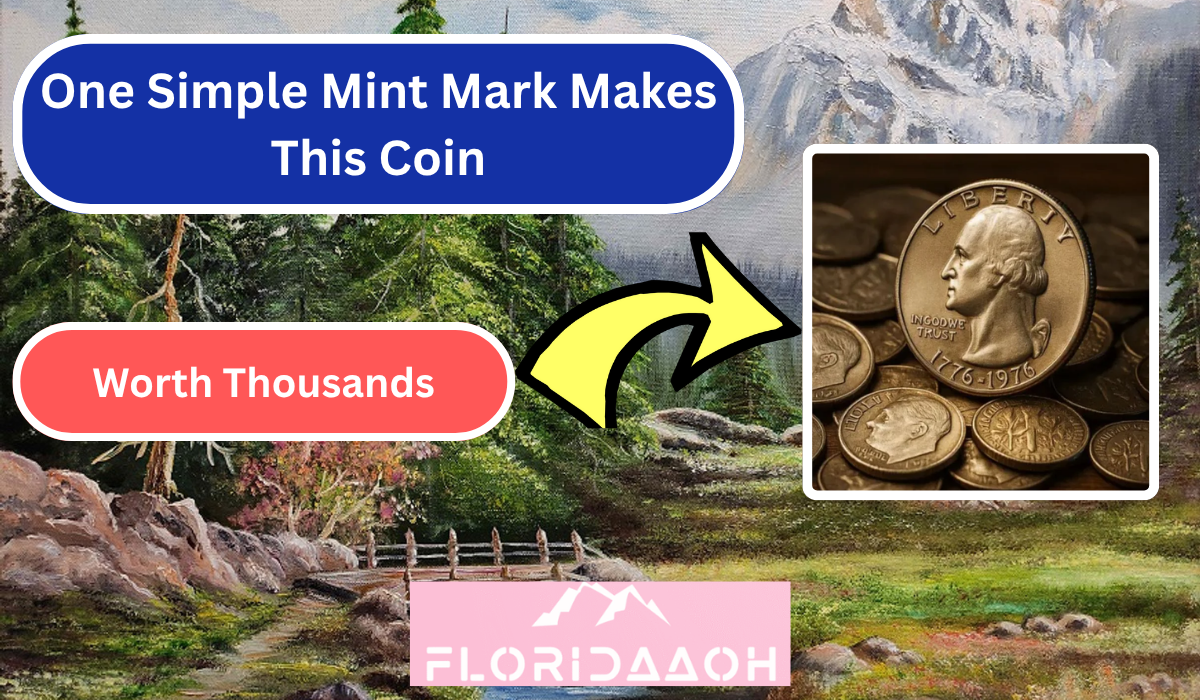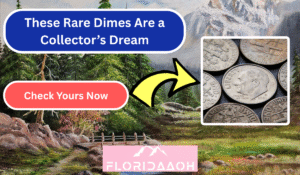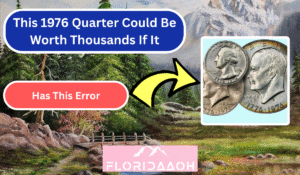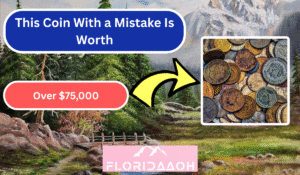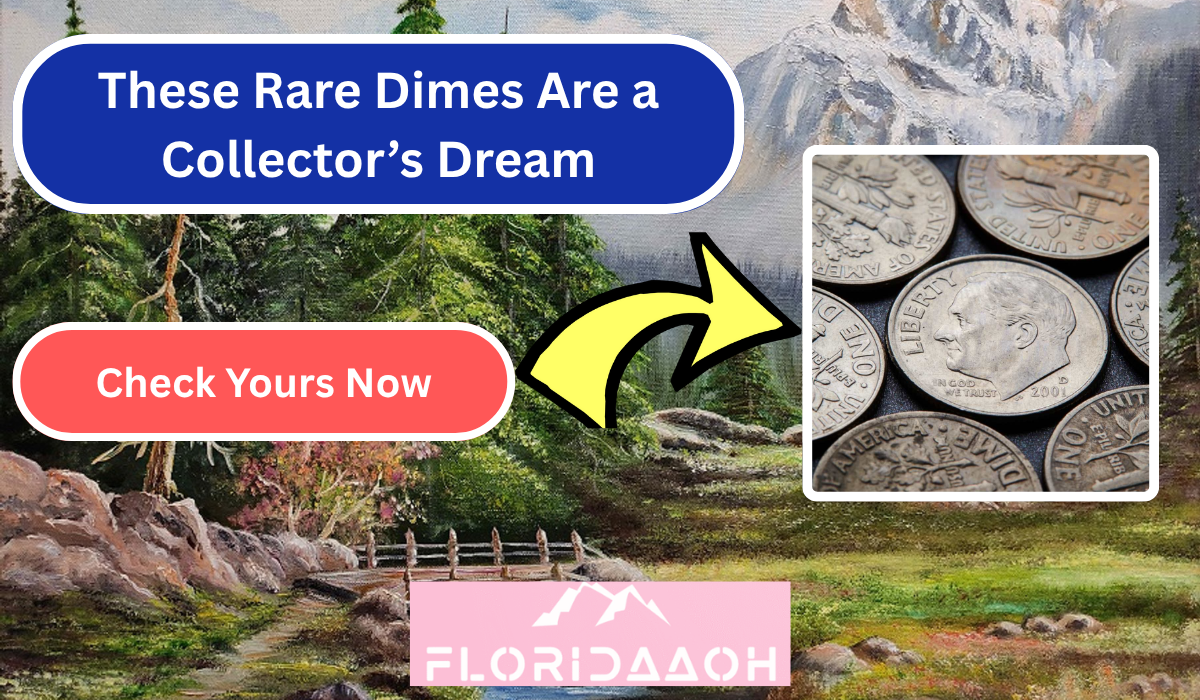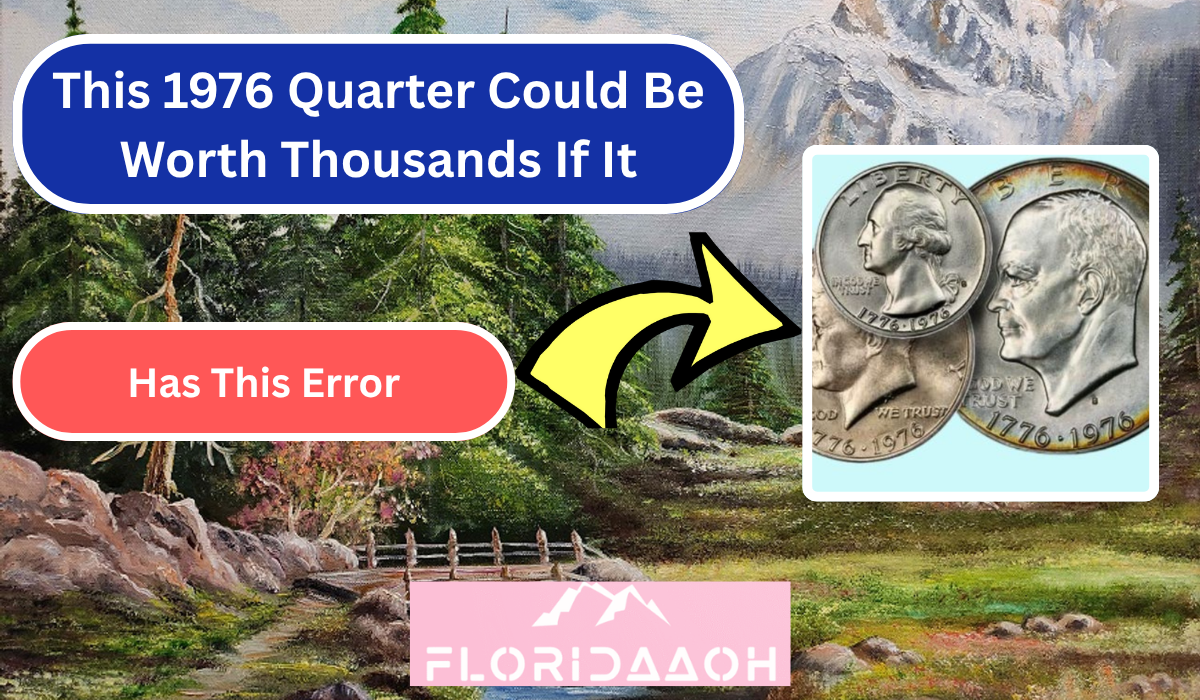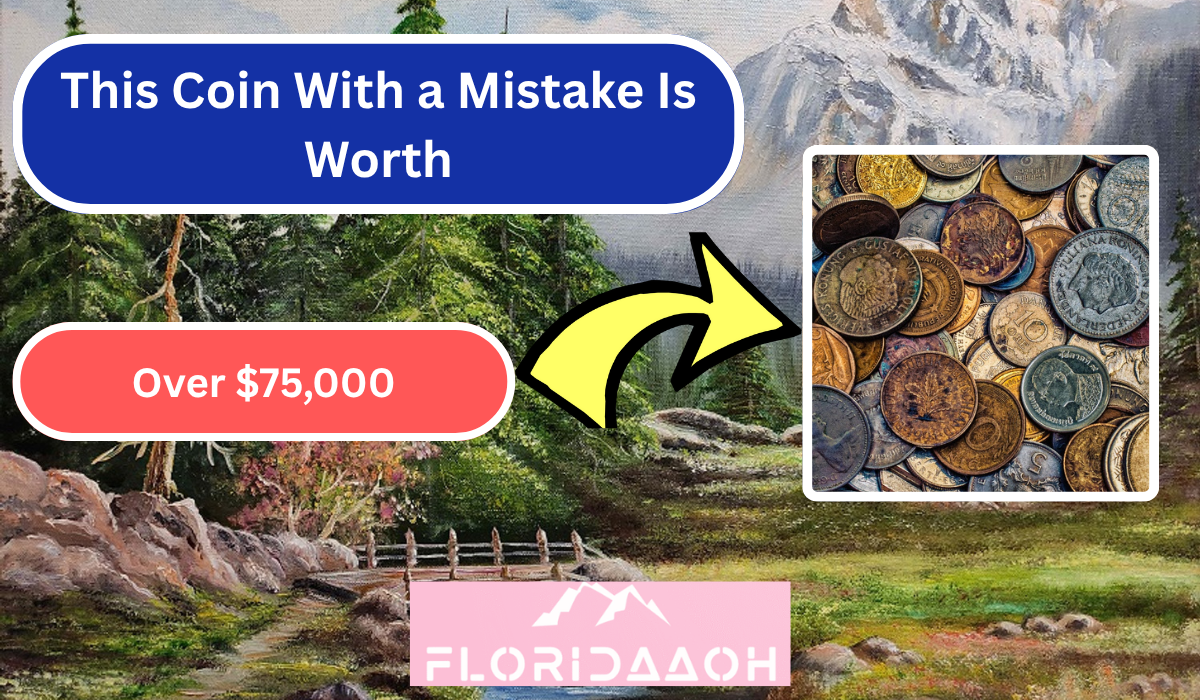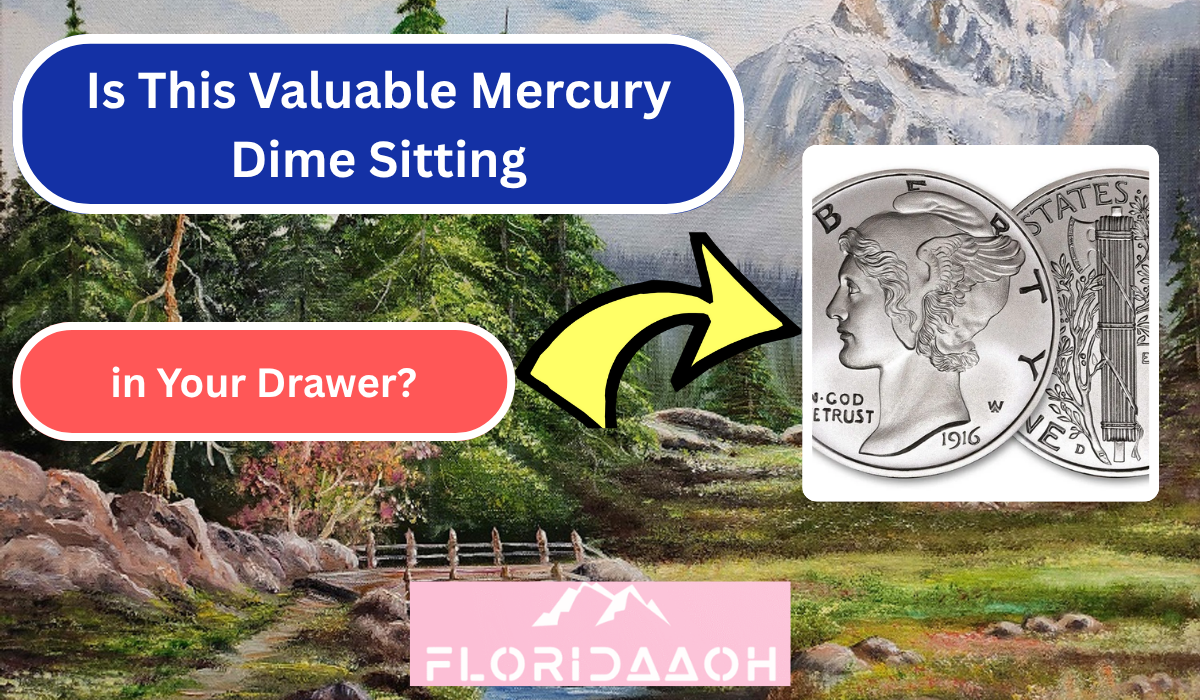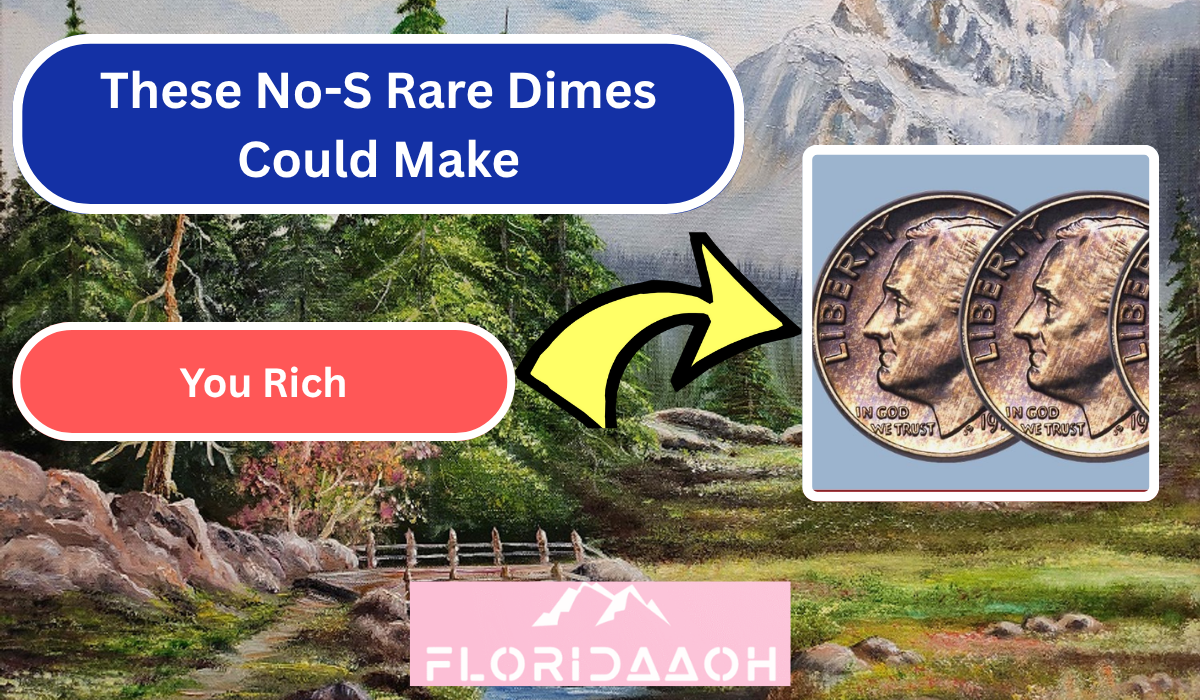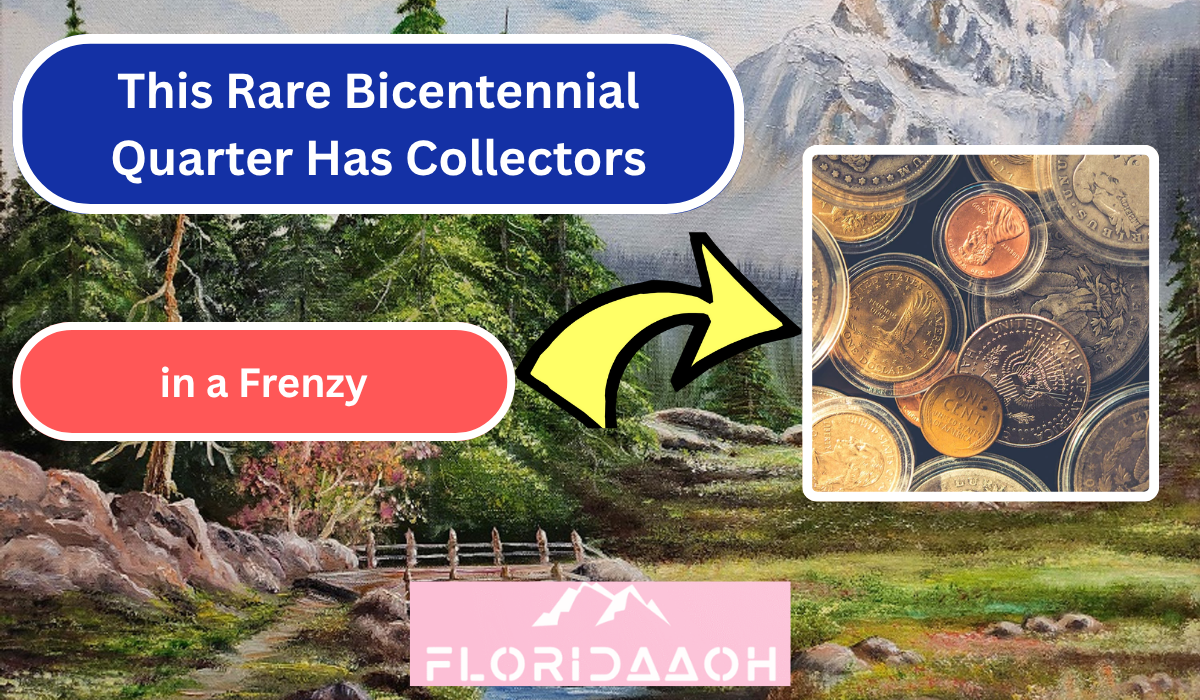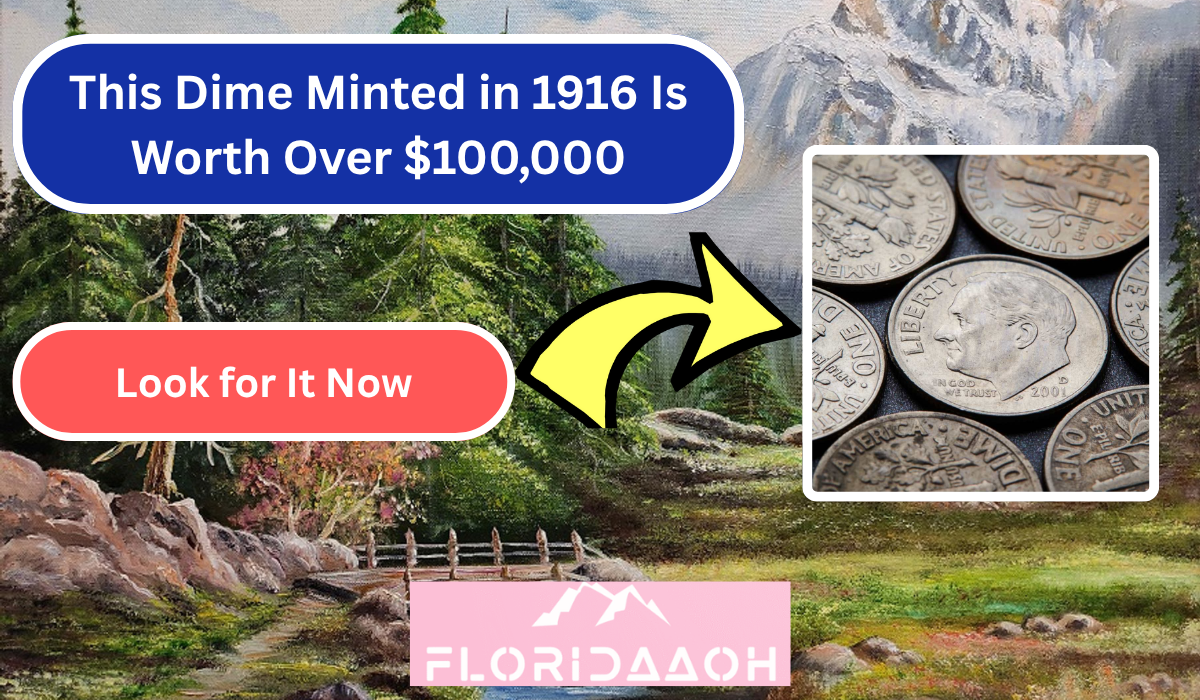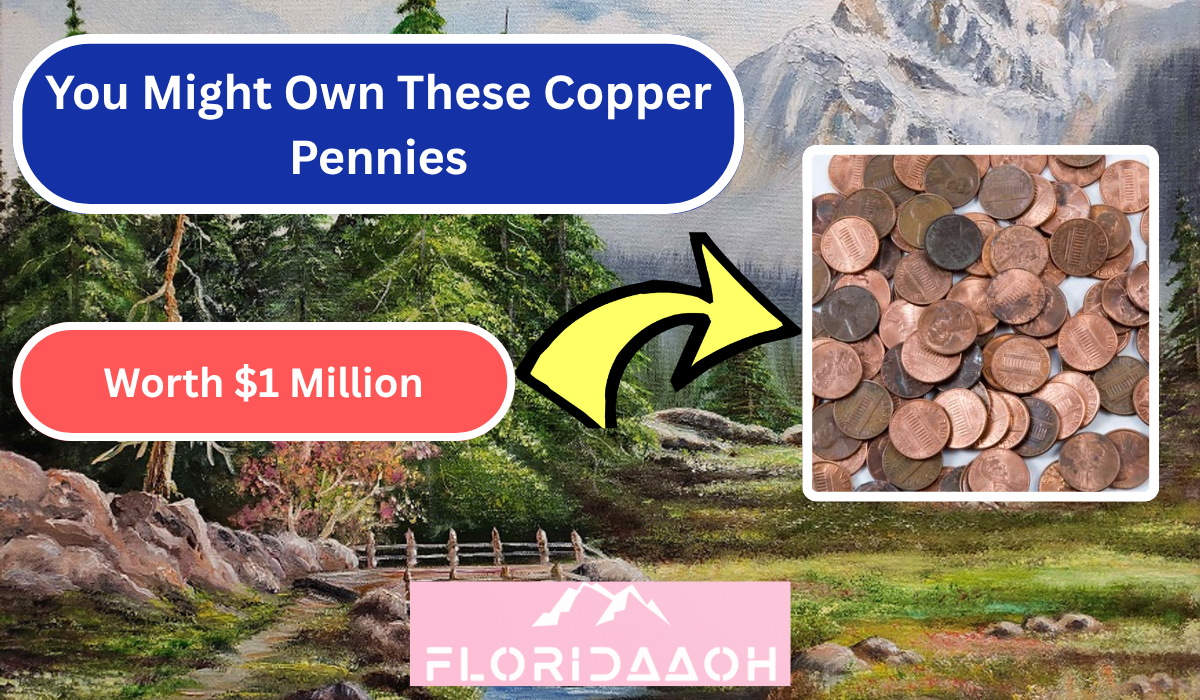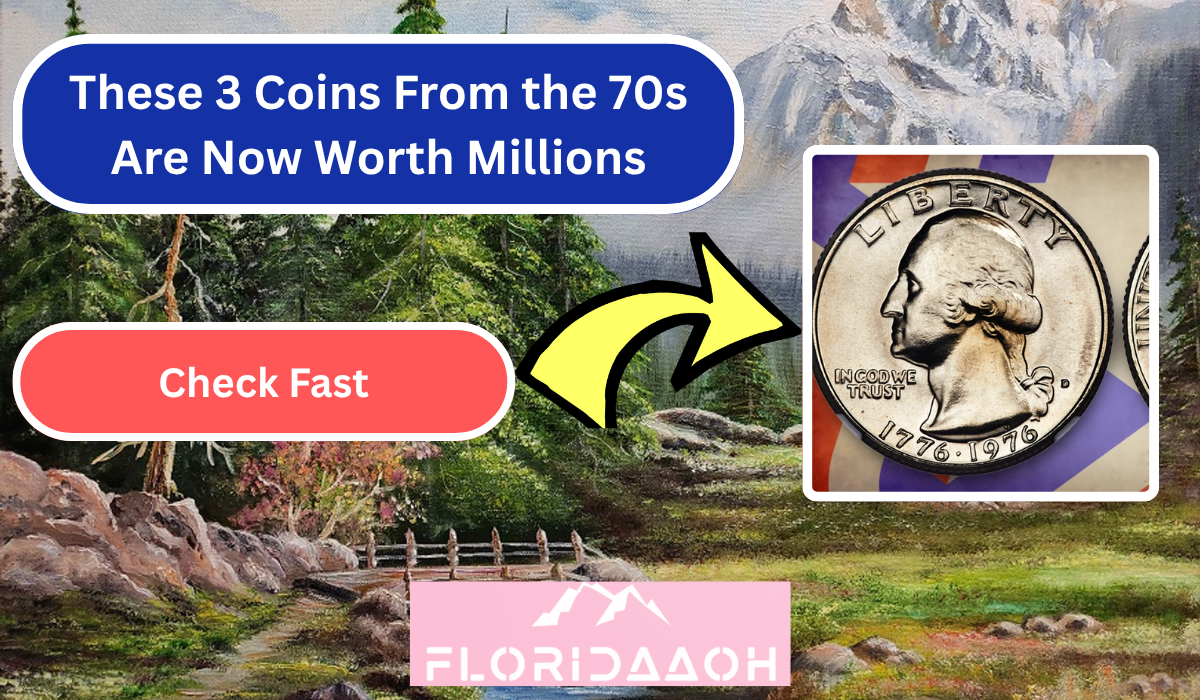Most people glance at their pocket change without giving it a second thought. But for coin collectors and savvy hobbyists, a tiny detail like a mint mark can mean the difference between a common coin and a fortune. Mint marks indicate where a coin was produced, and in rare cases, the presence—or absence—of a mint mark transforms an ordinary dime into a highly valuable collector’s item. Here are three dimes where a simple mint mark has made all the difference, turning pocket change into thousands of dollars.
1968 No-S Roosevelt Dime
The 1968 No-S Roosevelt Dime is one of the most famous modern error coins. Intended for proof sets and struck at the San Francisco Mint, it was supposed to carry an “S” mint mark. However, a small number were released without this mark. These No-S proof dimes were never meant to enter circulation, and only a few are known to exist. Depending on condition, these coins have sold for $20,000 to $40,000 at auction. What makes this dime extraordinary is that such a tiny omission—just one missing letter—has made it a rarity.
1975 No-S Roosevelt Dime
Another remarkable error is the 1975 No-S Roosevelt Dime. Like the 1968 version, it was supposed to bear an “S” mint mark but didn’t. These were also from proof sets, which makes their scarcity even more astonishing. Only two verified examples of this coin are known, and one fetched over $450,000 at auction. It remains one of the rarest and most valuable modern dimes, proving that the absence of a mint mark can sometimes be a huge financial windfall.
1982 No-P Roosevelt Dime
The 1982 No-P Roosevelt Dime is a fascinating case of mint error history. For the first time, the Philadelphia Mint began using the “P” mint mark on dimes in 1980. However, in 1982, a die was accidentally used without the “P” mint mark, leading to the unintentional release of No-P dimes into circulation. While many were found and hoarded, those in uncirculated or high-mint state condition can still command $300 to $1,000, with rare high-grade examples reaching $3,000 or more. These dimes serve as a reminder to always check the smallest details.
Sometimes, the smallest details lead to the biggest payoffs. A missing mint mark might seem insignificant, but for certain dimes, it means the difference between spare change and a collector’s treasure. Coins like the 1968 No-S, 1975 No-S, and 1982 No-P Roosevelt Dimes have stunned collectors with their rarity and high market value. If you have dimes tucked away in drawers or jars, take a moment to examine them—because one simple mint mark (or lack thereof) could be your ticket to a small fortune.
FAQ’s:
1. What is a mint mark?
A mint mark is a letter on a coin that shows which U.S. Mint facility produced it. Common marks include “P” (Philadelphia), “D” (Denver), and “S” (San Francisco).
2. Why are No-S and No-P dimes valuable?
They are minting errors—coins accidentally struck without the required mint mark. Their rarity makes them highly valuable.
3. How can I check if my dime has a mint mark?
Look on the front (obverse) of the dime near the date. If there’s no mint mark where one should be, you may have a rare coin.
4. Are all dimes without mint marks valuable?
No. Older dimes (pre-1980s) made in Philadelphia had no mint mark by default. Only certain years like 1968, 1975, and 1982 are considered valuable errors.
5. Where can I verify the value of a rare dime?
You can consult professional grading services like PCGS or NGC, or visit reputable coin dealers and auction houses for authentication and appraisal.
